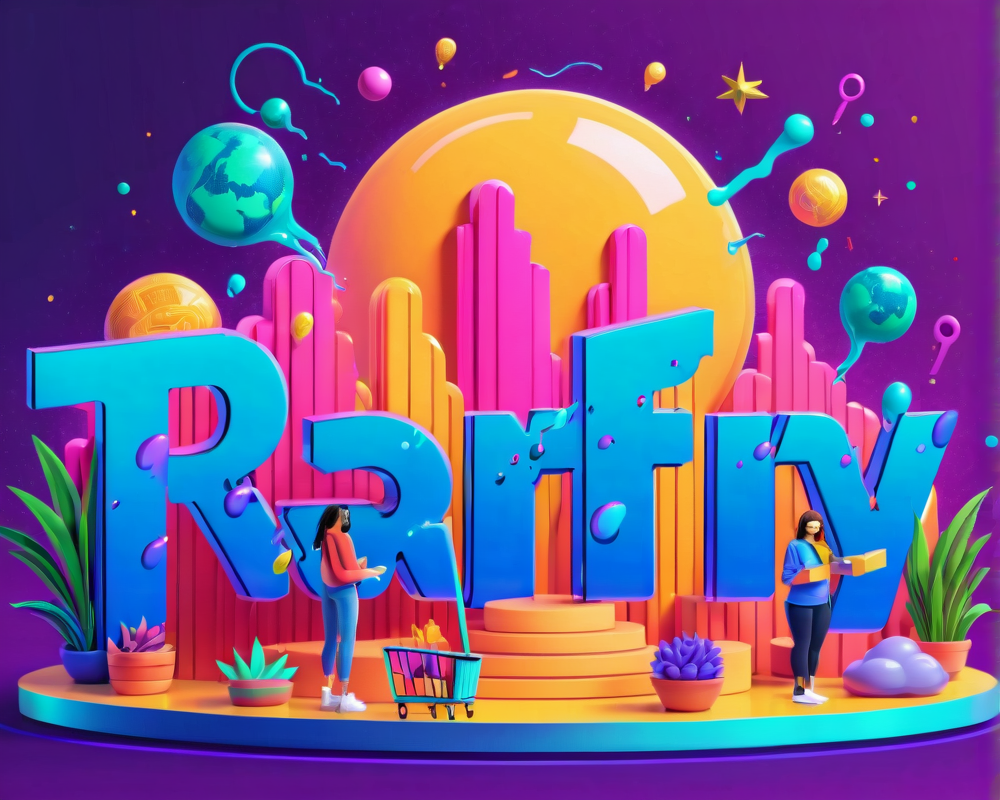The Existing Mantras of Crypto Culture
Anyone dipping their toes into the tumultuous waters of cryptocurrency has probably encountered catchy phrases like “Don’t trust, verify!” or the infamous “law of code.” These mantras embody a shared desire among crypto communities to cast aside the need for trust in traditional third-party authorities, in favor of an environment that promises transparency and immutability, all thanks to some nifty computing magic.
A Backstory Steeped in Crisis
Let’s take a trip down memory lane. Picture this: the 2008 financial crisis — a time when faith in the global financial system hit rock bottom. Bitcoin emerged from this chaotic sea of mistrust. Its creators envisioned a world where trust in fallible institutions was merely a quaint relic of the past. However, as we’ve seen, the evolution of crypto has not unfolded in a vacuum, but rather against a backdrop of ongoing social and economic unrest that continually fuels its popularity.
The Oxford Paper’s Bold Proposition
Fast forward to August 2023, and researchers at the University of Oxford showered us with a curveball. Their recent paper tosses the age-old question of trust on its head, proposing instead that blockchain should be viewed as a “confidence-machine.” Sounds fancy, right? The idea here is that blockchain technology aims to bolster confidence in the system, which in turn reduces the need for interpersonal trust — but not in the way you might think.
Understanding Trust vs. Confidence
So, what’s the difference between trust and confidence? Well, buckle up! Trust often carries a hint of risk and uncertainty. It’s the comforting leap of faith you take — like trusting your friend to drive you to that concert safely. Confidence, on the other hand, is more like knowing that those brake lights are working because they’ve been tested by professionals and are downright reliable. In the realm of blockchain, it stems from predictable algorithms and the mystical properties of cryptography. Who knew math could be this exciting?
The Reality Check on Predictability
Now, hang onto your digital hats because the paper also serves us a reality check. This talk of confidence potentially glosses over the reality that blockchain systems aren’t purely tech-driven. They’re a mix of social dynamics and technical wizardry. Why? Because this world of blockchain is riddled with inequalities in resources and knowledge among its participants. Some players have the upper hand, which complicates the notion of empowerment that blockchain enthusiasts often tout.
Governance: The Plutocratic Paradox
Speaking of inequalities, let’s delve into governance. The governance of many blockchain systems reveals an inconvenient truth: it’s more centralized than it typically claims to be. Think of it as a high-stakes poker game where only a handful of wealthy players (big operators) hold the majority of the chips. Thus, rather than a decentralized utopia where everyone’s voice matters, blockchain often resembles a technocratic power structure — with only a few making decisions that affect everyone else.
Finding Clarity in Chaos
Instead of dreaming about a perfect world where power dynamics don’t exist, the paper nudges us to confront the reality of blockchain governance. The authors challenge us to recognize the complex layers of interplay among social and technical factors, urging us to rethink how we envision blockchain ecosystems evolving. Perhaps it’s time we acknowledge that power dynamics are an inescapable part of the mathematical and technological landscape.
The Path Forward
In conclusion, the conversation around blockchain’s function is far from black and white. With visions of trust and confidence clashing and coalescing, the future of blockchain governance beckons for deeper understanding and recognition of the intricate power structures at play. And who knows? Perhaps by navigating these complexities, we can pave the way for a more equitable blockchain reality.



